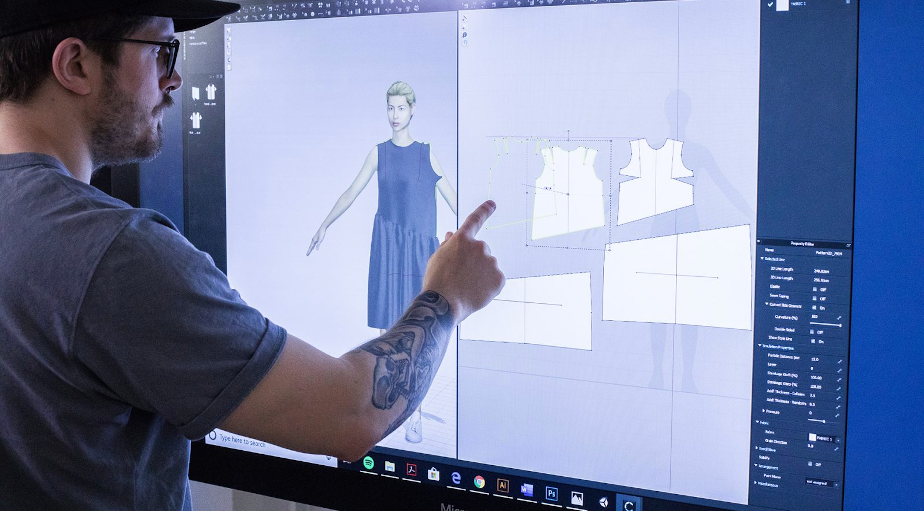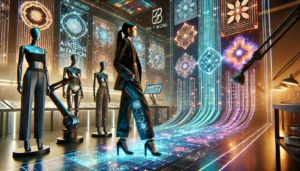Fashion technology is undergoing a major change. Innovations like virtual reality shopping and artificial intelligence are transforming how we interact with fashion today.
Business owners need to stay updated on these changes, as they impact clothing, shopping habits, and industry trends. This article offers a look into the future of fashion and what to expect.
Fashion Industry Market Overview
The fashion industry is a major economic driver, expected to reach $670.90 billion (about $2,100 per person in the US) in 2024 (Statista). While the industry has seen minimal change in two decades, recent trends signal a period of transformation.
McKinsey reports that fashion’s economic profits more than double in 2022 compared to the previous decade, excluding one year. However, the industry faces new challenges and opportunities for growth.
Social media marketing offers small businesses a key growth avenue. Over 77% of small fashion businesses, including independent designers and boutiques, have seen increased engagement and sales through platforms like Instagram and Facebook (Forbes Advisor).
Medium-sized fashion companies are leading in sustainability, achieving an average score of 37 points, far surpassing the 9-point average of larger companies (ReMake).
Major brands like Zara, Nike, and Louis Vuitton continue to dominate global trends but are investing heavily in generative AI for design and style innovation. The market for generative AI in fashion is projected to reach $1.481 billion (about $5 per person in the US) by 2032.
Latest Technology Trends in Fashion
1. Artificial Intelligence (AI)
AI is revolutionizing fashion with innovations like automated garment creation, personalized fittings, and trend prediction. The AI fashion market is set to grow from $0.91 billion in 2023 to $3.72 billion (about $11 per person in the US) by 2027, with a growth rate of 41.6% (Business Research Company). AI enhances design efficiency, accuracy, and customer service through chatbots and interactive displays.
2. 3D Printing
3D printing is reshaping fashion by enabling on-demand production, customization, and sustainability. It reduces waste and labor compared to traditional methods. Notable designer Iris van Herpen has pioneered this technology with 3D-printed designs, including the first 3D-printed dress in 2010.
3. Synthetic Media
Synthetic media, powered by AI, is transforming fashion with virtual influencers, synthetic video, audio, and music. Virtual influencers build massive followings online, while synthetic video and audio enhance how fashion is presented and interacted with.
4. Blockchain
Blockchain improves transparency in fashion supply chains, connecting designers, manufacturers, and consumers. It ensures traceability and prevents counterfeiting, promoting ethical manufacturing practices.
5. Virtual and Augmented Reality
Virtual reality (VR) and augmented reality (AR) are enhancing the fashion experience with virtual showrooms, fitting rooms, and digital overlays. These technologies offer immersive ways to view and try on clothes.
6. Live Streaming
Live-streaming is becoming a major trend in fashion, allowing brands to sell directly through social media. This trend is growing in Western markets, offering new opportunities for engagement and sales.
7. Metaverse
The metaverse offers new ways for fashion brands to connect with younger audiences through virtual worlds. Brands like H&M are exploring these spaces to influence fashion choices among Gen Z users.

Anticipated Trends in Fashion
8. Generative AI
Generative AI will enhance creativity in fashion, blending technology with human design skills for innovative results.
9. Brand Marketing
Brand marketing is becoming crucial as the industry shifts from performance-driven strategies to building emotional connections with audiences.
10. Sustainability
Sustainability is increasingly important, with upcoming regulations pushing brands to adopt eco-friendly practices and overhauls to meet new standards.


